Beautiful, Wild and Weird: Art from China's Forbidden City
China's Forbidden City
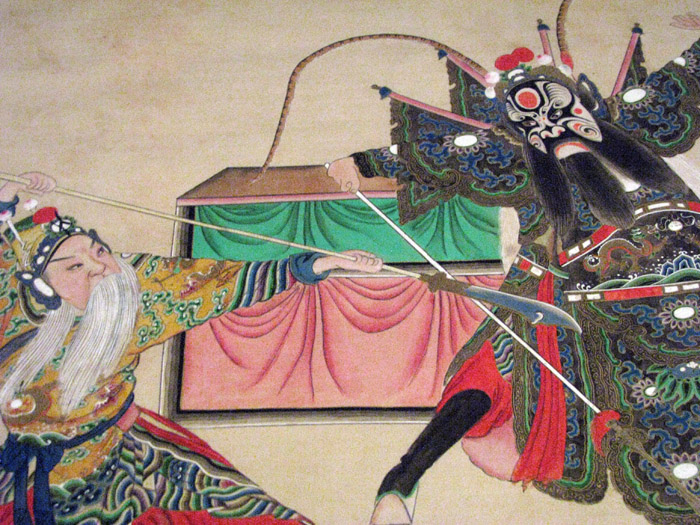
A new exhibition featuring over 200 artifacts from China's Forbidden City will be opening on March 8, 2014 at Toronto's Royal Ontario Museum. Most of the artifacts have never traveled to North America before and, in fact, some have never even left the Forbidden City. In this photo gallery Live Science takes a look at some of the art with an emphasis on the beautiful, wild and weird.
The seasons
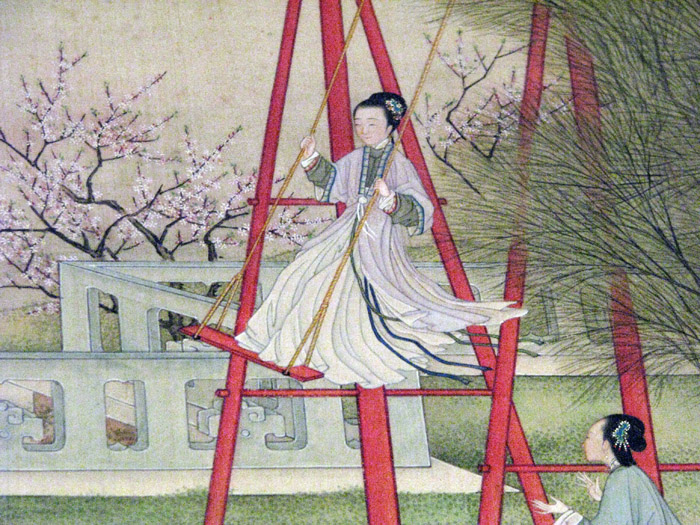
Part of an album showing 12 months of seasonal activities created by the artist Chen Mei in the 18th century AD. This activity is dated to spring (the second lunar month precisely) and shows a woman swinging under willow trees.
Puzzling artifacts
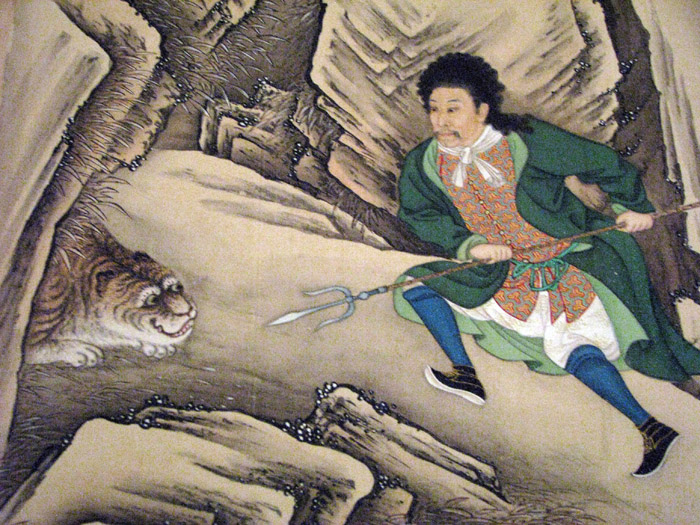
One of the most puzzling artifacts in the Forbidden City exhibition is an album by Emperor Yongzheng (reign AD 1723-1735) showing him in costumes from various cultures performing different tasks. In this image he is shown dressed as a European hunting a feline of some form. Why he had himself depicted this way is a mystery, it may have been an attempt to show that he was a universal monarch of sorts.
An imperial banquet
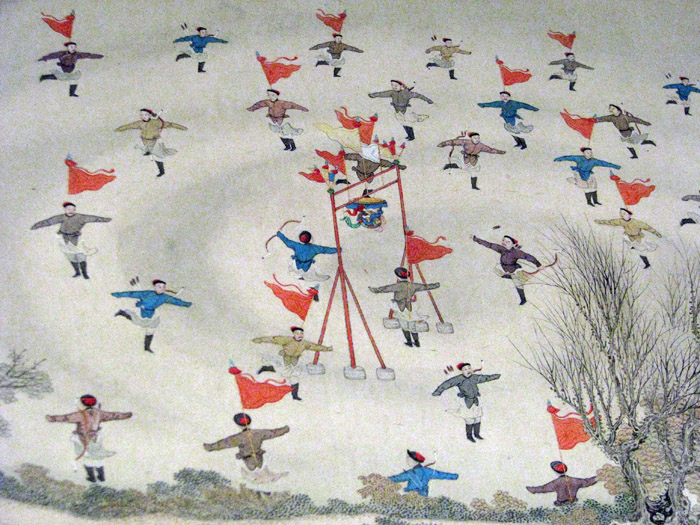
Skaters are shown celebrating during an imperial banquet at the Pavilion of Purple Brightness. This was drawn during the 18th century by Yao Wenhan.
Doggie clothes
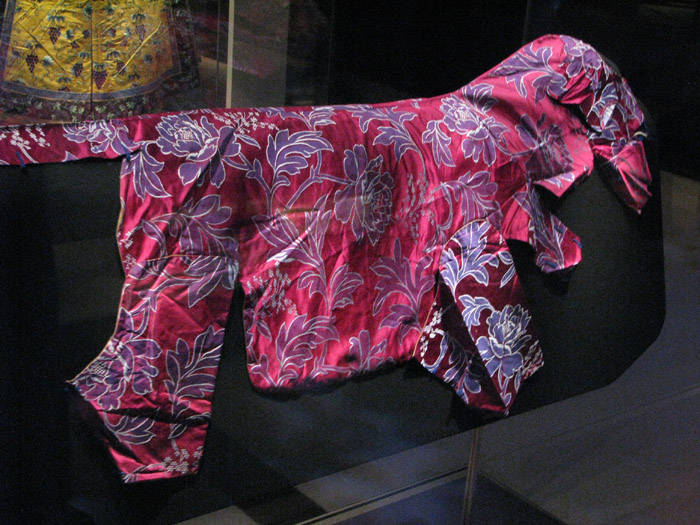
A canine named "Big Luck" (in translation) who lived in China's Forbidden City during the reign of the Guangxu Emperor (A.D. 1875-1908) wore this silk outfit, researchers have revealed in a new book. It would have covered Big Luck from snout to tail, with the dog's name inscribed on the lining. Researchers say that royal dogs like Big Luck reportedly lived in pavilions with marble floors, sleeping on silk cushions while being waited on by castrated male servants called "eunuchs" who were specially trained to care for them. [Read full story]
Anciety prose
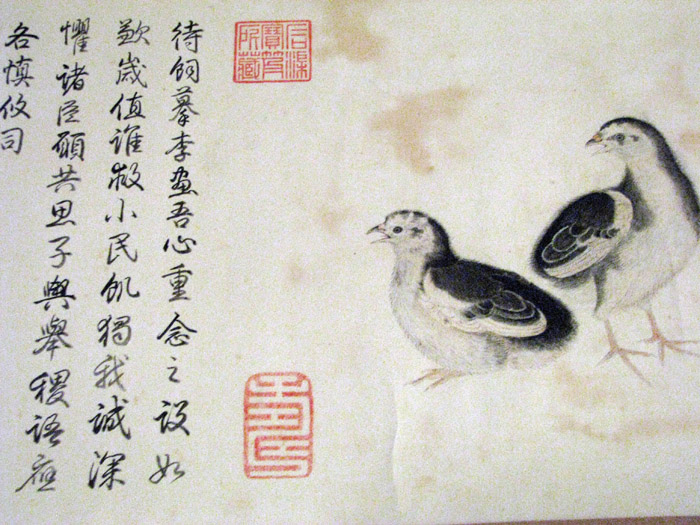
Part of a poem called "hungry chicks" by Li Di that was copied by the Qianlong emperor (reign AD 1736-1795). Li Di himself lived in the 12th century AD.
Left from the takeover
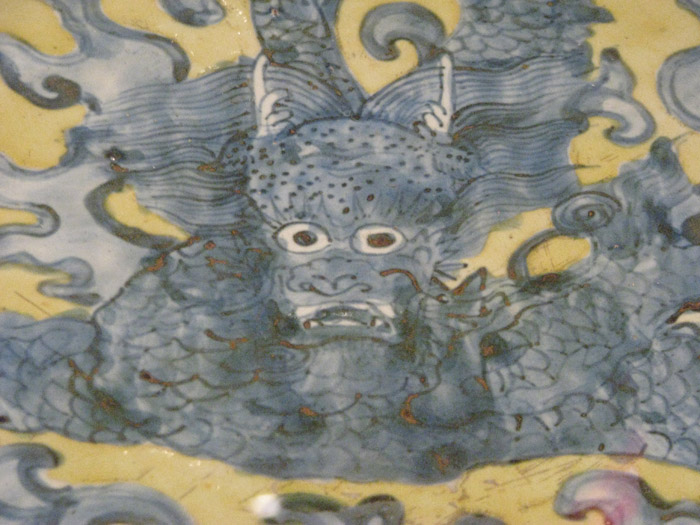
This dragon design is on a Ming Dynasty porcelain plate. The Ming ruled China up until AD 1644 when the Forbidden City was sacked by rebels and the last Ming emperor committed suicide. After that a group known as the Qing, based in Manchuria, took control of the country.
Sign up for the Live Science daily newsletter now
Get the world’s most fascinating discoveries delivered straight to your inbox.
A birthday gift
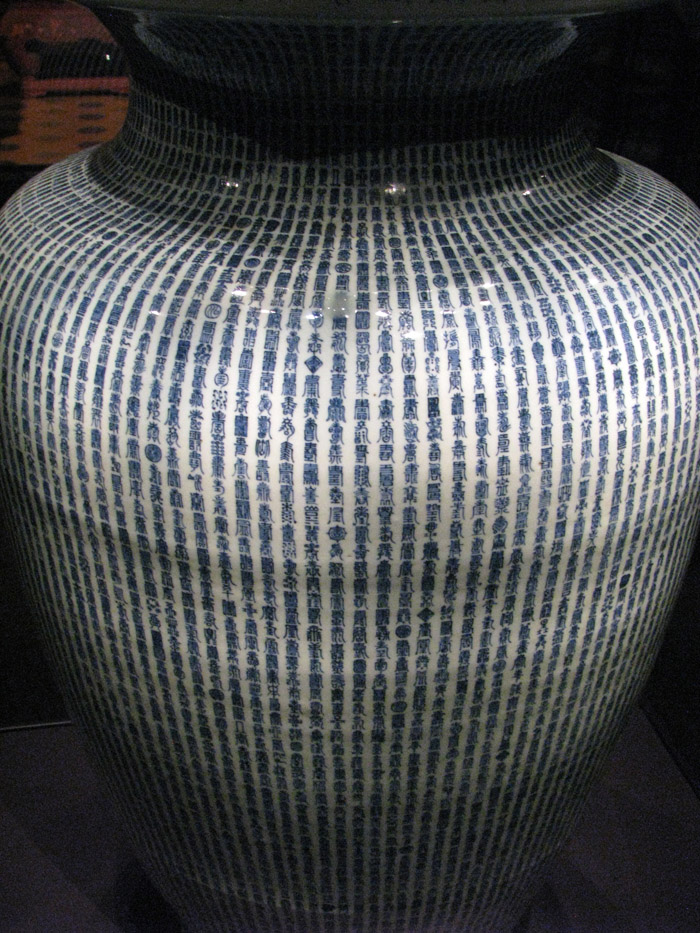
Emperor Kangxi received this vase as a gift on his 60th birthday in AD 1714. Researchers note that it's decorated with a single character - shou (which means longevity). The character is repeated 10,000 times in 975 different styles. 10,000 was the highest unit in Chinese accounting and signified eternal life.
A lot to say
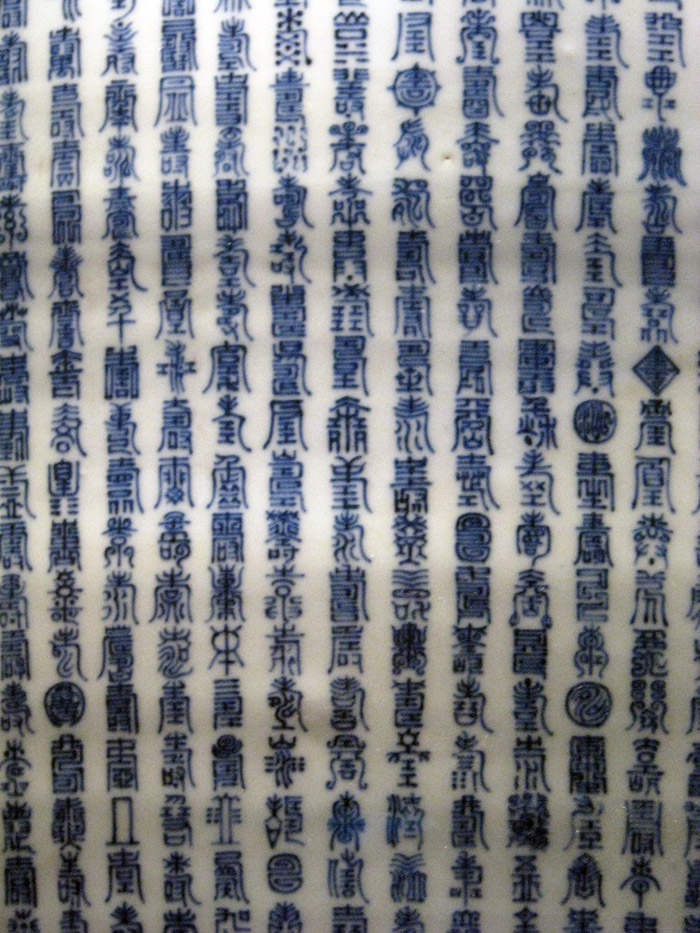
A close up of the vase with 10,000 characters.
Simple beauties
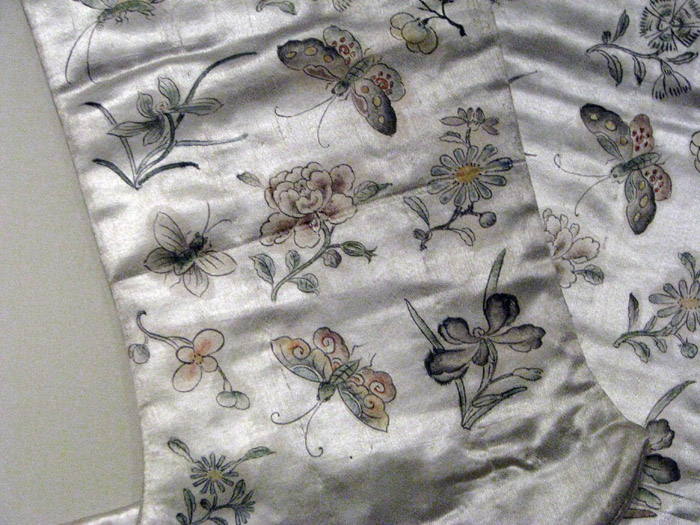
18th century lined socks for a Manchu woman. In the Forbidden City even something as simple as socks could be beautiful.
A marriage gift
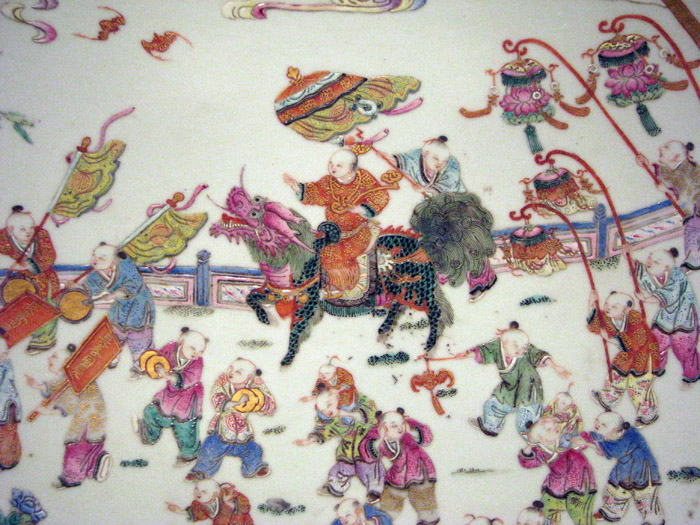
This plate was created for the marriage of Emperor Tongzhi (AD 1862-1874) and shows images of celebration and play. The figure at center appears to be the emperor shown riding a creature with a dragon head.

Owen Jarus is a regular contributor to Live Science who writes about archaeology and humans' past. He has also written for The Independent (UK), The Canadian Press (CP) and The Associated Press (AP), among others. Owen has a bachelor of arts degree from the University of Toronto and a journalism degree from Ryerson University.









